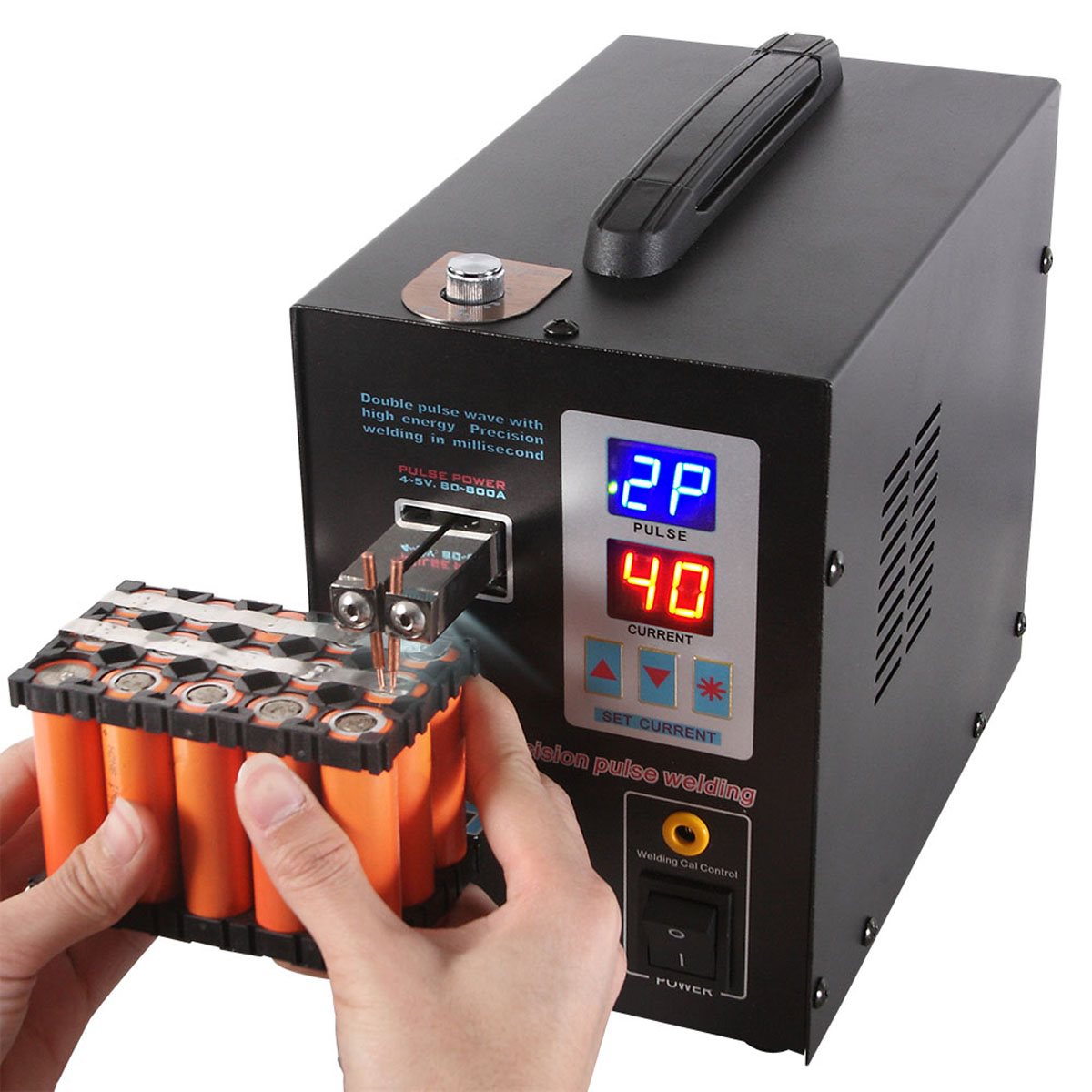

You can learn how by using this buying guide.Ī spot welder works by delivering low-voltage but high-current electrical pulses to the workpiece using electrodes. As such, if you want to avoid being just as unsatisfied, you need to take a very keen look at all the features. It might be that the welder doesn’t have enough power, it’s too heavy to transport and use, or something else. If you go down to the reviews section of any spot welder, you’ll note that most buyers who feel they’ve been shortchanged will blame one or two features. To top it all, the BIFRC DH20 spot welder has multiple security safeguards that protect it from damages caused by extreme temperatures, voltage and currents. You will also love the gold plate welding pen that offers great conductivity and low resistance. As if that’s enough, you get a built-in high rate polymer power battery that outputs up to 650A and can produce enough power to weld thousands of points when fully charged. Its surface is ruggedly built with aluminum alloy which has strong oxidation resistance, is fire proof and anti-fall.
LIFEPO4 BATTERY PULSE SPOT WELD PRO
You only need to press and hold the power button for about 3 seconds to power it on and the same for about 5 seconds to power it off.įurther, the BIFRC DH20 Pro Spot Welding Machine boasts a superior build quality. Using the BIFRC DH20 Pro Spot Welding Machine is easy as ABC. The design also comes with a convenient USB to type C charging interface that offers a fast charging speed. You can choose a suitable gear from the lowest (1 gear) to the highest (9 gear). Its upgraded compact and lightweight design with more gear sets it apart. You can convert the amperage to P=Ix1.25 to get the Wattage you need for the weld.The BIFRC DH20 Pro Spot Welding Machine is one of the few spot welders in the market that offer real value. The table I gave you that gives the recommended amperage for welding assumes you're using a spotwelder which typically run at 1-1.5V (let's assume 1.25) on the welding terminal. You can control the wattage going through that system via a potentiometer, knowlege of the batteries Amperage and Ohm's law. Attach wires to battery when you want to weld and put extended tips against surface where you want to do the welding. Put electrical tape around piece of wood to keep a hold on rods. Run wires through grooves and make sure the rods stick out by 10mm at bottom of piece of wood. Connect or solder the electrical wires to rods. Carve a groove on each side of the 20x40 sides of the wood, it should be enough so that the rods fit through the groove. To sum it up, you'll need two 3-4mm thick copper rods, a piece of wood (10mm x 20mm x 40mm), a car battery/booster batter and some electrical wire.
LIFEPO4 BATTERY PULSE SPOT WELD HOW TO
There is also nice tutorial on how to make a cheap one with a 12V battery that you can find here: If you want to take a chance with it, there this variable amperage spot welder on aliexpress: /item/Hand-held-Spot-Welder-Machine-Welding-Laptop-Battery-Button-battery-Battery-Pack/594538510.html?recommendVersion=1 if you decide to spot weld, you must not give too much amperage.This thread has a very nice table that tells you how much Amperage you need for each material at a given gauge or thickness:.I would try soldering before spot welding.It could be as easy as directing a fan at the battery's surface (below and above) to dissipate heat (just be sure not expose the leads to dissipation as that will result in a bad solder).


I've come across a few threads where people were suggesting that one finds a cooling method while doing soldering or spot welding.


 0 kommentar(er)
0 kommentar(er)
